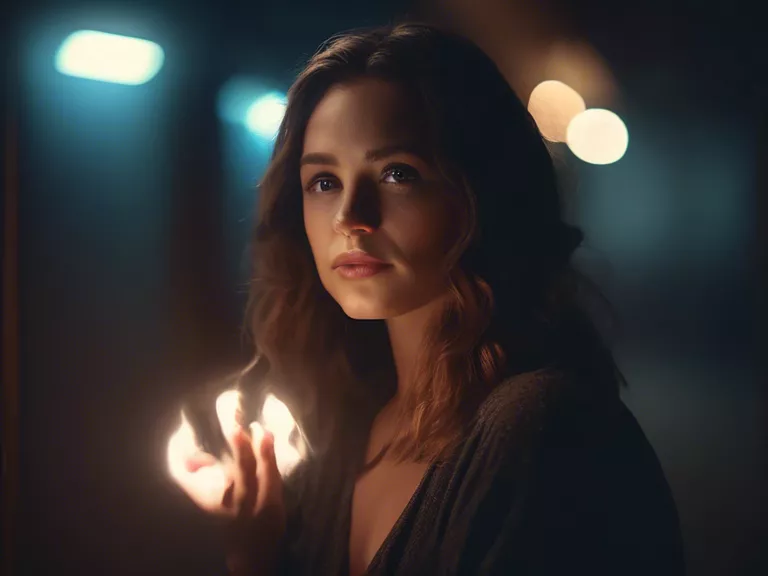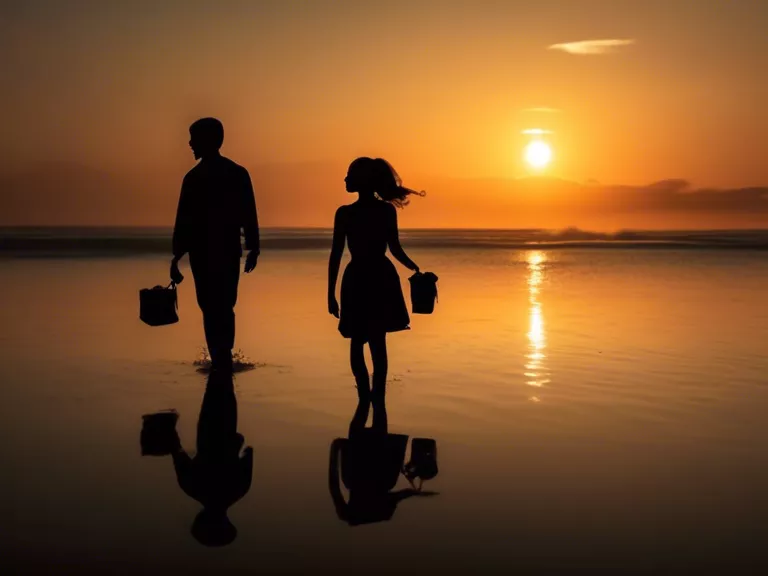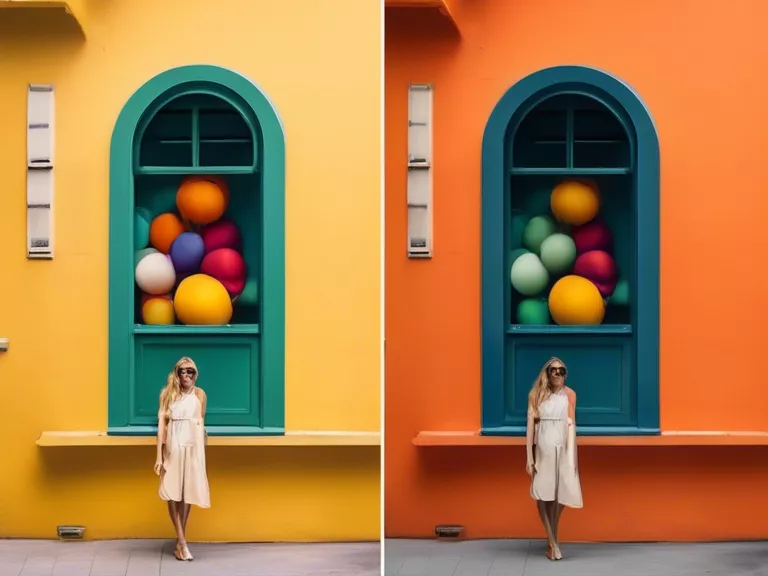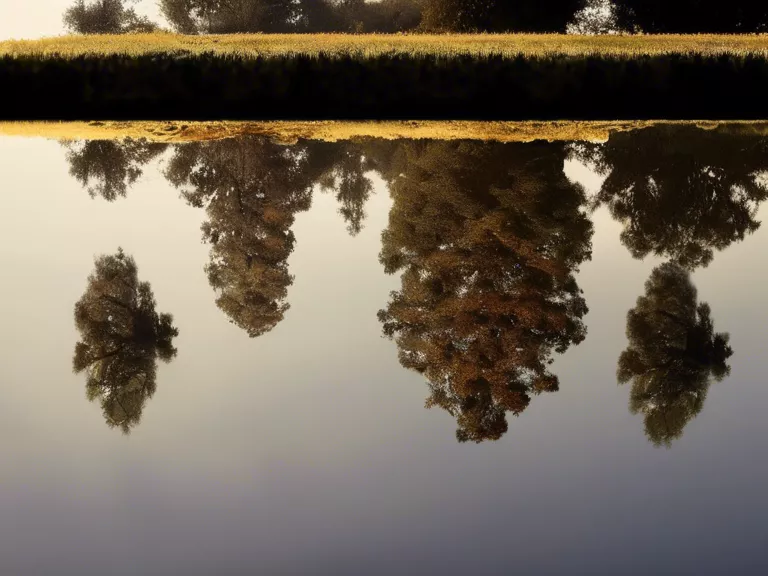
How to create cinematic-style portraits using lighting and composition
Capturing cinematic-style portraits requires a keen eye for lighting and composition. By strategically utilizing these elements, you can transform an ordinary portrait into a visually striking and dynamic image that resembles a scene from a movie. Whether you're a professional photographer or an enthusiast looking to elevate your portrait game, here are some tips on how to achieve cinematic-style portraits.
1. Lighting is key
One of the most important aspects of creating cinematic-style portraits is lighting. Pay attention to the direction, intensity, and quality of light in your scene. Consider using soft, diffused lighting for a flattering and cinematic look. Experiment with different lighting setups such as Rembrandt lighting or butterfly lighting to create dramatic effects and add depth to your portraits.
2. Use shadows creatively
Shadows can play a crucial role in creating cinematic-style portraits. Embrace shadows to add mood and mystery to your images. Experiment with silhouettes and chiaroscuro lighting to create dynamic and visually interesting portraits that tell a story.
3. Incorporate interesting backgrounds
Composition is another key element in creating cinematic-style portraits. Choose backgrounds that complement your subject and enhance the mood of the image. Look for textured walls, architectural elements, or natural landscapes that can add depth and visual interest to your portraits.
4. Pay attention to details
In cinematic-style portraits, every detail matters. Pay attention to the positioning of your subject, facial expressions, and body language. Encourage your subject to emote and convey emotion through their eyes and gestures. Consider incorporating props or accessories that add context and enhance the storytelling aspect of your portraits.
5. Experiment with editing
Post-processing plays a crucial role in enhancing the cinematic look of your portraits. Experiment with color grading, contrast adjustments, and adding cinematic effects such as lens flares or film grain to achieve the desired aesthetic. Use editing tools like Adobe Lightroom or Photoshop to fine-tune your images and bring out the cinematic quality.
By paying attention to lighting, composition, details, and editing, you can create cinematic-style portraits that stand out and leave a lasting impression on viewers.



